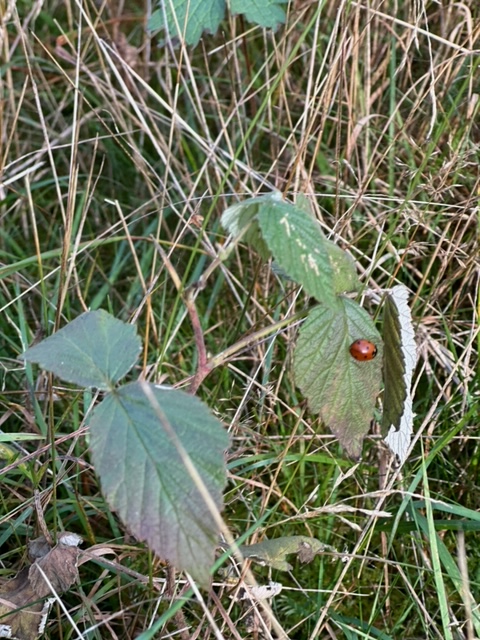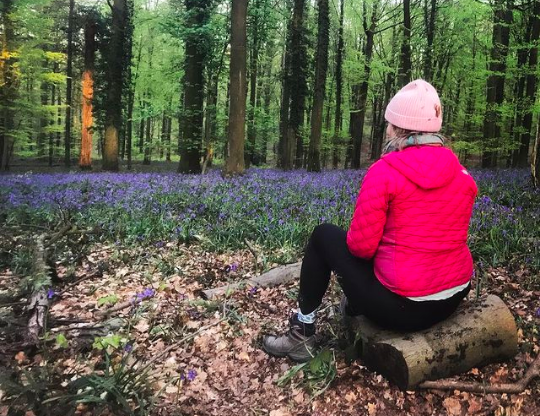From Celtic Source Cult and Tree Devotion to Worship of Local Female Saints in Flanders
Introduction:
The woven tapestry of Flanders’ history is a rich blend of myths, legends, and tales that often go unnoticed. My personal journey to uncover these threads led me to the age-old Celtic traditions and practices which placed significant emphasis on female landscapes and women. These stories, deeply rooted in the heart of Belgium, carry lessons that address our modern-day ecological, social, and psychological crises.
The Celtic Worldview:
Dive deep into the history of Flanders, and you’d find a land dominated by the Celtic worldview. The Celts had an understanding where the feminine was slightly more pronounced than the masculine, yet both were essential. Their beliefs considered the points where these energies met as sacred. Springs or sources were such spots, where the feminine elements of earth and water intersected with the masculine ones of fire and air. Uniquely, they also prayed with crossed arms over their chests, an embodiment of this intermingling.

The Tides of Change:
From the 7th century onwards, the Romans and the Church introduced patriarchal thought processes. The notion of a masculine deity took prominence and the feminine power was downgraded. Once revered priestesses were now demoted to the roles of abbesses, beguines, and nuns. Yet, the patriarchal society in West Europe still had to account for the reverence of female nature. This was primarily achieved through the veneration of the Virgin Mary and the growing cult of female saints.
The Symbolism of Springs:
Carl Jung posited that our life’s journey revolves around a core question. My projects, though seemingly diverse, all lead back to the same question – what does it mean to come home? After spending years in Thailand and Japan, my return to Flanders in 2021 was a quest to reconnect with my roots. The lands of the Celts and Germanics, the sources, are my true north.

These sources, places where underground water meets the open air and sunlight, signify a fusion of nature’s elements. It’s no wonder that ancient religions harbored cults surrounding springs. The Celts, for instance, associated water and springs with female powers, with many of their rivers personified as female entities. The Celtic rivers were female. It seems that the Meuse referred to the goddess Mosa, the Scheldt to Scaldis, the Zenne and the Seine to Sequana, the Ijzer to Isara and the Dijle to Thilia.
Integration into Medieval Times:
Though the Celts and Germanics no longer exist, their symbols, ideas, and stories are enshrined in medieval literature and iconography. They became a part of legends, folklore and passages of the biographies of saints (vitae), and were assimilated into Christian duties. While the names (nomina) changed, the sacred powers (numina) remained constant.
Wodan became Saint Sebastian or Saint Nicholas. The black necker or night/water spirit became Black Pete (See also Finding black scary water spirits – in Norway and Belgium). Lug, Wodan or the Roman god Mars became Saint Martin. Freyr became Saint Anthony.
The original source cults were overlaid with the worship of saints. Still, the association of these saints with the sources was no mere coincidence. In the face of patriarchal dominance from both the Roman Empire and Christianity, the female power had to find an outlet. This was prominently manifested through the Maria-devotion and the growing worship of female saints. It is no coincidence that you can find many Maria chapels close to linden trees. See: Linden tree. They are associated with Freya, the germanic goddess of love, fertility and the dark arts.
Yet, these stories often painted a grim picture. Female saints associated with popular source cults were frequently portrayed as decapitated or strangled virgins, victims of their choice to distance themselves from men.
Rediscovering Roots:
In answering the question of ‘homecoming,’ there arises another. Is understanding the ancient cults, folklore, and fairytales of our birthplace a mere luxury, or is ignorance of the same foolishness? Recognizing and embracing these tales not only keeps our history alive but provides profound insights to navigate our present and future.
Rewilded retellings and rerooting the Flemish (female) local saints
One of my little projects is rerooting and sometimes rewriting Flemish saint folk tales to incorporate ecological and ecofeminist themes: It helps me to engage in a deeply cultural and traditional practice of narrative reclamation. Flemish tales, like many indigenous and local stories elsewhere, have a profound connection to the land, nature, and the human spirit. Reimagining these tales ensures that they remain relevant and resonate with contemporary audiences.

By weaving ecofeminist themes into these tales, I try to not only introduce readers to these critical concepts but also showcase how historical narratives can be repurposed to echo modern-day concerns. Traditional narratives often sideline female voices and experiences. At its core, ecofeminism speaks to the interdependence of all living beings. I try to emphasize the values of sustainability, balance, and respect for all life. I hope that my fiction work and these blogs let readers reflect on their relationships with nature and their role in the ecosystem.
In essence, by intertwining ecological and ecofeminist themes into Flemish saint folk tales, I try to preserve (bio)cultural heritage and adapt it to inspire positive change.
List of blogs:
- Dimpna, a story about an uprooted irish princess rerooting in Flanders, and a 6 centuries old method of care for the mental ill
- Amelberga, the river and the sturgeon’s lifecycle
- …
It is still work in progress. I am also working on a Flemish collection of rewilded retellings, which I call “Lievevrouwbeestjes“, a dialect word for lady bird or lady bug which has associations with the Germanic pre-Christian goddess Freya. Please share ideas of traces in comments or private messages. I will update the list when more blogs follow.
Category: Local female saints
Discover more from Stories from the Wood Wide Web
Subscribe to get the latest posts sent to your email.